Date 1988 - 1989 | Location United Kingdom | |
 | ||
The second summer of love 1989
The Second Summer of Love is a name given to the period in 1988–89 in Britain, during the rise of acid house music and the euphoric explosion of unlicensed MDMA-fuelled rave parties. The term generally refers to the summers of both 1988 and 1989 when electronic dance music and the prevalence of the drug MDMA fuelled an explosion in youth culture culminating in mass free parties and the era of the rave. LSD was also widely available and popular again. The music of this era fused dance beats with a psychedelic, 1960s flavour, and the dance culture drew parallels with the hedonism and freedom of the Summer of Love in San Francisco two decades earlier. Similarities with the Sixties included fashions such as Tie-dye. The smiley logo is synonymous with this period in the UK.
Contents
- The second summer of love 1989
- Danny wilson the second summer of love
- Setting
- Music
- Significance of drugs
- The Second Summer of Love in media
- References
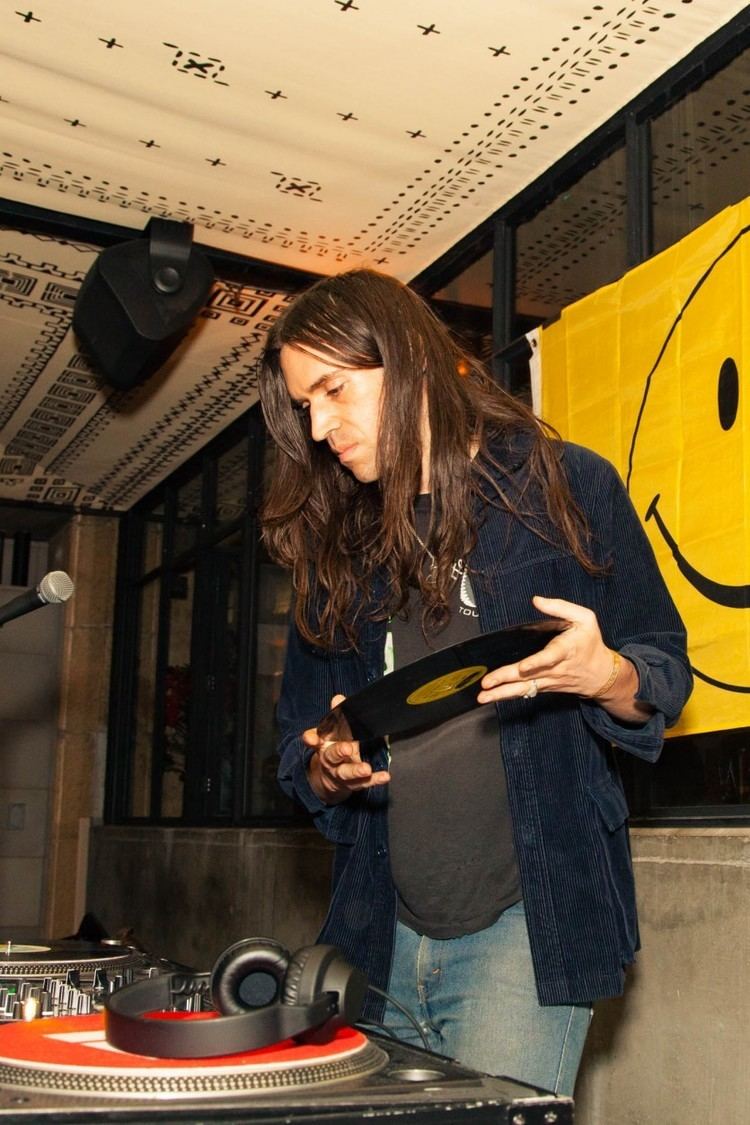
Danny wilson the second summer of love
Setting
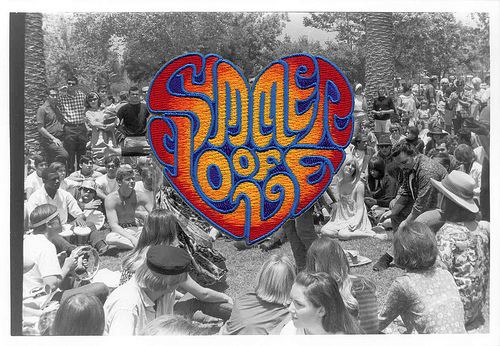
The Second Summer of Love began in 1988, with the rise of the nightclubs Shoom (run by Danny Rampling), Future (organised by Paul Oakenfold), Trip (run by Nicky Holloway), and the Hacienda (run by Mike Pickering and Graeme Park) was the start of the Rave scene in the UK. These three DJs were inspired to start these events after holidaying on Ibiza in the summer of 1987 with their friend Johnny Walker. Ibiza was where acid house music first became popular in Europe and the after-hours nature of the club scene emerged.
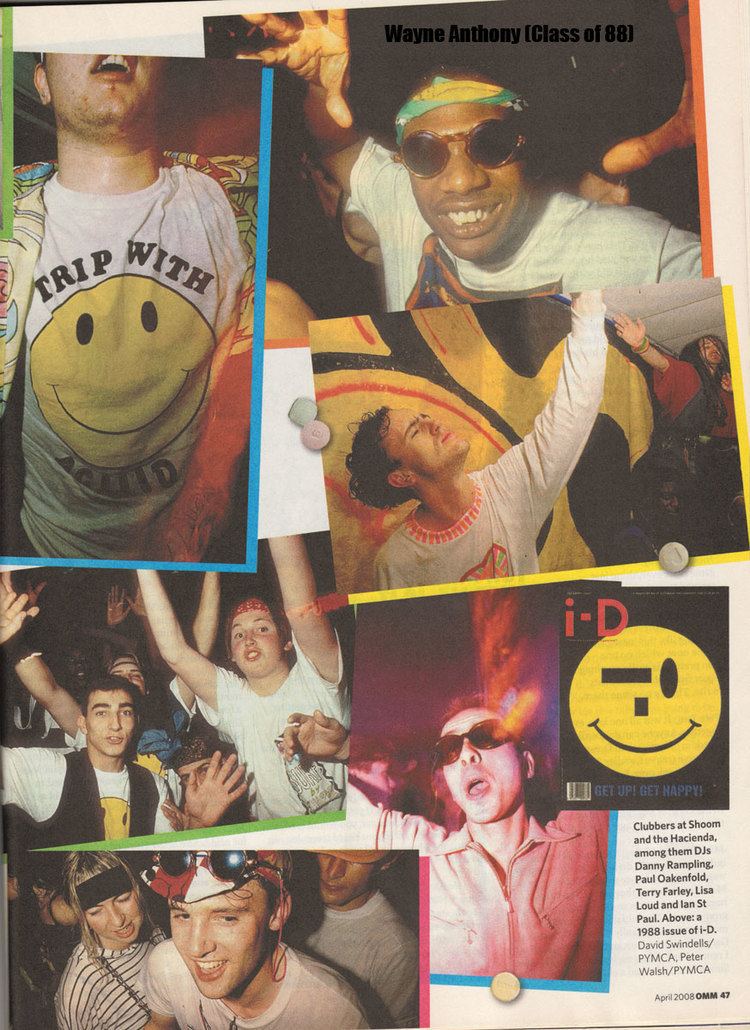
In the early stages of the Second Summer of Love, the events and parties were often held in empty warehouses and were essentially illegal across the UK. Information about these events travelled by word of mouth (as well as the newly popular mobile phone) between clubbers who were obliged to party incognito.
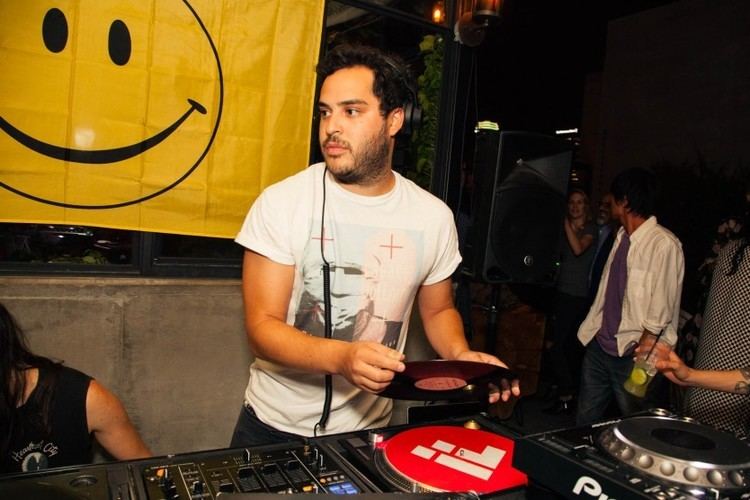
The symbol of the time became a smiley face after the London crowd picked up the design when it was posted on one of the flyers from the third Shoom party. Water and Lucozade were a common feature because of the dehydrating effects of marathon dancing due to MDMA use. Ice pops were commonly popular. Hana Borrowman, a frequent attendee of Manchester's Haçienda club, reported:

Just when the hallucinogens were kicking in and the dance floor was so full with smoke you couldn't see or breathe, they'd hand out ice pops to everyone.
People also wore baggy clothing to combat the heat inside the clubs.
Music
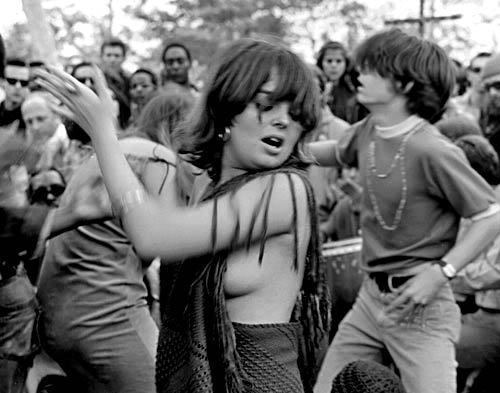
Acid House and emergent rave music were typical of the Second Summer of Love. The music was characterised by the "squelching" bass produced by the Roland TB-303 and loud repetitive beats. It originated in Chicago and took on new qualities when it came to Europe. Songs from the time period include "French Kiss by Lil Louis "On & On" by Jesse Saunders, "Mystery of Love" by Fingers Inc., "Love Can't Turn Around" by Farley "Jackmaster" Funk & Jesse Saunders (featuring Darryl Pandy), "Back to Life " by Soul II Soul, "I've Lost Control" by Sleezy D, and "Your Only Friend" by Phuture. Moving the Second Summer of Love from underground events to overground, large raves was Wayne Anthony at his warehouse party called Genesis in Aldgate, East London as well as the huge outdoor Sunrise raves organised by Tony Colston-Hayter and Paul Staines.
Significance of drugs

Ecstasy was the drug of choice during the time. LSD was still present, just not as prominent as the usage of ecstasy. Mark Moore, owner of a club called S'Express, noted:
It definitely took ecstasy to change things. People would take their first ecstasy and it was almost as if they were born again.
Violence was uncommon due the feelings of euphoria, love and empathy caused by ecstasy. The drug also increased the enjoyment of the music and encouraged widespread dancing throughout the clubs. Nicky Holloway, a DJ from the time, explains:
The ecstasy and music came together. It was all part of the package... That may sound a little sad, but there's no way acid house would have taken off the way it did without ecstasy.
